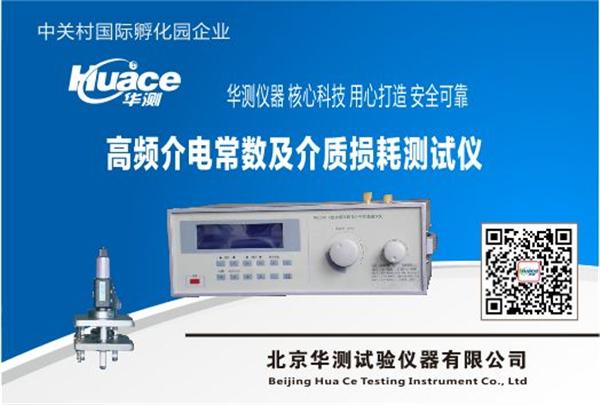![]()
Test - lowercase jpg
![]()
Kaixin micro test
![]()
Test probe P100-M3
The HCJDCS-A Dielectric Constant and Dielectric Loss Tester is a specialized instrument designed to measure the permittivity and dielectric loss factor of electrical insulating materials at various frequencies, including power frequency, audio, and high frequency (including meter wave wavelengths), in accordance with GB/T 1409. It is manufactured following IEC 60250 standards and complies with JB 7770 and other relevant testing methods.
This device is ideal for testing insulation materials at high frequencies, such as 1 MHz. The dielectric constant, also known as relative permittivity or permittivity, is a key parameter used to characterize the electrical properties of dielectric materials, typically denoted by ε. When an electric field is applied to a medium, it generates induced charges that reduce the field strength. The dielectric constant represents the ratio of the original electric field in a vacuum to the field within the material, indicating how effectively the material can store electrostatic energy.
For example, a capacitor filled with a material having a dielectric constant of ε will have its capacitance increased by a factor of ε. A lower dielectric constant generally indicates better insulation. If a material with a high dielectric constant is placed in an electric field, the field strength inside the material will significantly decrease. The dielectric constant also reflects the degree of polarization in the material, both macroscopically and microscopically. Gas dielectrics typically exhibit weak polarization, with relative dielectric constants close to 1. In contrast, liquids and solids have varying dielectric constants, which are influenced by factors like temperature and power frequency.
The dielectric constant has a complex form, where the real part is the dielectric constant itself, and the imaginary part is commonly referred to as the dissipation factor. The ratio of the dissipation factor to the dielectric constant is known as the tangent of the loss angle, which reflects the material’s ability to couple with microwaves. A higher tan δ value means stronger coupling between the material and microwave energy. For instance, when electromagnetic waves pass through an electrolyte, their speed decreases, and their wavelength shortens.
**Application Scope:**
This instrument is widely used by research institutes, schools, and factories engaged in the study of the performance of new inorganic non-metallic materials.
**Technical Parameters:**
- Q-value measurement range: 5 ~ 999
- Q-value range bins: 30, 100, 300, 999; automatic or manual switching
- Error: ≤ 5% ± 2% of full scale value (25kHz ~ 10MHz)
- Error: ≤ 7% ± 2% of full scale value (10MHz ~ 50MHz)
- Inductance measurement range: 0.1μH ~ 1H, divided into seven ranges
- Capacitance measurement range: 1pF ~ 460pF
- Main capacitor adjustment range: 40pF ~ 500pF
- Accuracy: ±1.5pF below 150pF, ±1% above 150pF
- Trimmer capacitor adjustment range: -3pF ~ 0pF ~ +3pF
- Accuracy: ±0.2pF
- Frequency coverage: 25kHz ~ 50MHz, divided into seven segments
- Frequency error: 2 × 10â»â´ ± 2 digits
- Power supply: 220V±22V, 50Hz±2.5Hz, 25W
- Ambient temperature: (0 ~ +40)°C
- Relative humidity: RH < 80%
- Dimensions: 380mm × 132mm × 280mm
- Weight: approximately 7kg
- 9 inductors included
- A set of fixtures provided

Cylindrical Cell
Cylindrical Cell,3.2V Cylindrical Lifepo4 Battery,Battery For Head Torch,Rechargeable Li-Ion Battery
JIANGMEN RONDA LITHIUM BATTERY CO., LTD. , https://www.ronda-battery.com

